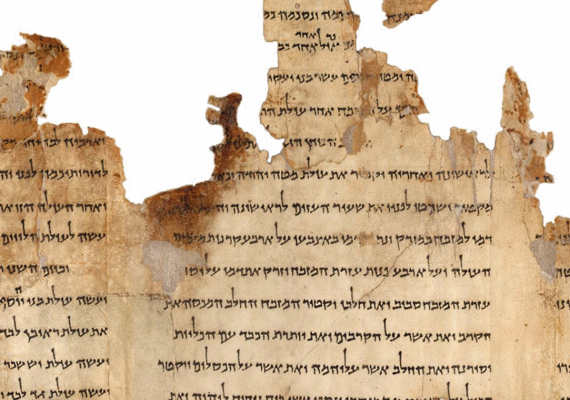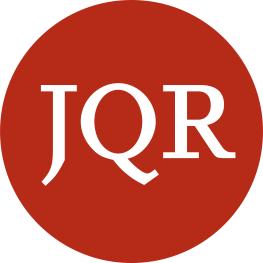New Issue of the Jewish Quarterly Review: Spring 2018

JQR 108.2 (Spring 2018)* is now available, featuring:
• Francis Borchardt sheds new light on how the Temple Scroll, the longest and best-known of the Dead Sea Scrolls, was composed and used. Comparing it with particular Graeco-Roman scholarly texts of the same era, he suggests that it was used for educational purposes, repackaging biblical material for a different setting.
• In our free article for this issue, Lily Okalani Kahn reports that there was a distinct form of Hebrew used by Ashkenazi writers across genres before modernity. This finding changes the landscape of modern Hebrew linguistics. Editor Natalie Dohrmann writes about it here.
• Francesca Bregoli asks how early modern merchant families preserved their family ties despite long periods of physical separation. Emotional language in the eighteenth-century letters of one such family reveals how affection and obligation, love and material success, were interrelated as fathers sought to supervise and connect with their sons in distant lands.
• Using both Jewish and Baha’i source texts, Soli Shahvar reconstructs an incident of persecution led by a Shi’i cleric in Iran in 1892. He sheds light on the interconnection between these religious minorities and shows that they were relatively helpless against clerical and mob aggression, even with the attempted support of local and central officials. Read a post inspired by this case here.
• Martin Kavka engages in a thought-provoking review essay with recent books on Leo Strauss and other twentieth-century Jewish philosophers by Jeffrey Bernstein and Benjamin Wurgaft. If critique and skepticism are the Jewish art, he asks, what is left to the discipline? What does Jewish philosophy do?
*We link to JQR’s online distributor Project Muse, where most full articles are available to subscribers only. Log in through your library for institutional access or see jqr.pennpress.org for subscription information.
